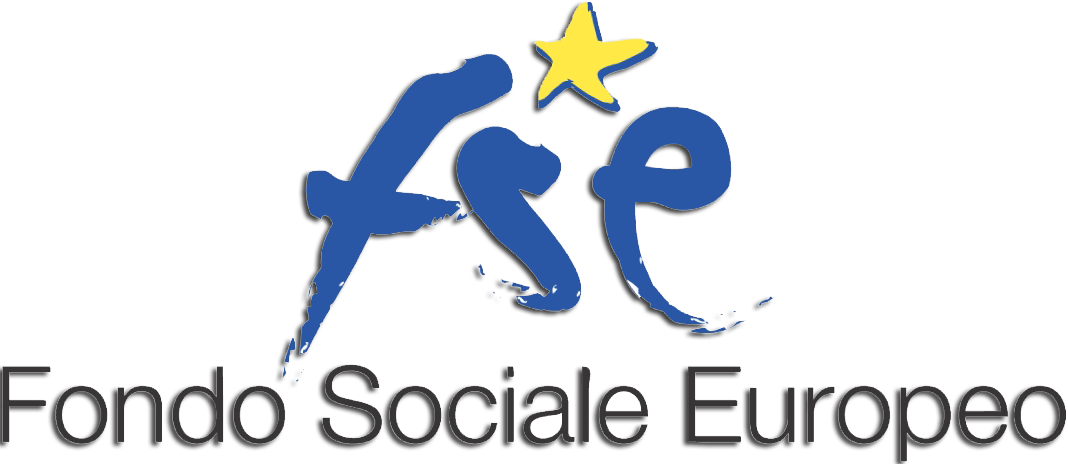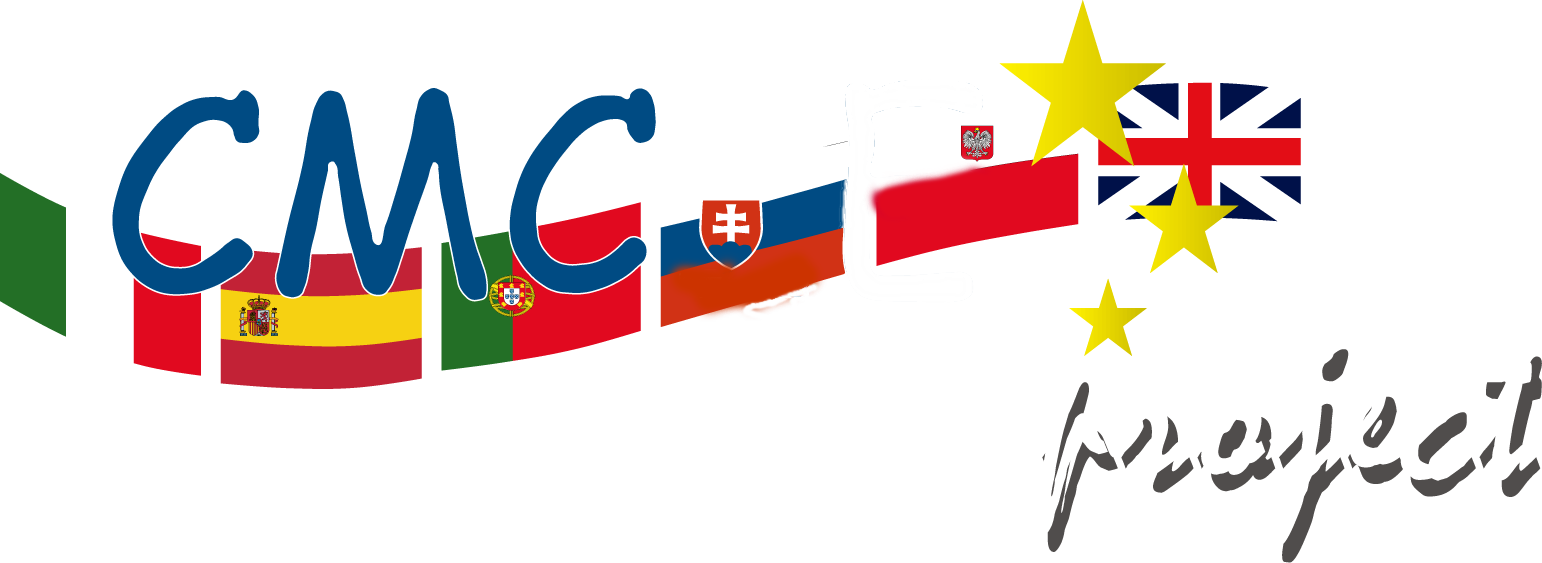European Language Portfolio
The European Language Portfolio is a personal instrument for European citizens who want to be ready for a multilingual and intercultural context. The European Council coordinates the introduction of the European Language Portfolio as a personal document with which it is possible to encourage and to help acknowledging the language learning and intercultural experiences of all kinds.
The Portfolio is a set of three sections, distinct but connected: the first section, Language Passport, allows to offer a first and immediate global vision of the skills reached studying the languages, reporting, in a general scheme, the self-evaluation of the skills evaluated according to the common parameters of the European Council, and the recording of the language certifications obtained.
The section Language Biography invites to take note of detailed information about the language experiences made both in the Italian university context and abroad (e.g.: one's interests and his projects). Furthermore, this section allows to inform, with short notes, about the most significant intercultural experiences (e.g.: contacts with people from other countries, trips in other countries). It encourages to take note of peculiarities about the different stages of learning the language and to highlight, in specific schemes, the self-evaluation of the skills reached in each language according to the European parameters, conveniently done by the guide of the self-evaluation grid (European Council 2001) which recognizes six skill levels:
|
A1 |
breakthrough |
|
A2 |
vantage |
|
B1 |
threshold |
|
B2 |
independent |
|
C1 |
effective |
|
C2 |
mastery |
| Understanding | listening |
| Understanding | reading |
| Talking oral | interaction |
| Talking oral | oral production |
| Writing |





